PakAlumni Worldwide: The Global Social Network
The Global Social Network
Cemendtaur's Latest Travelogue "Ulat Dunya Kee Sair" Launched at Urdu Academy in Silicon Valley
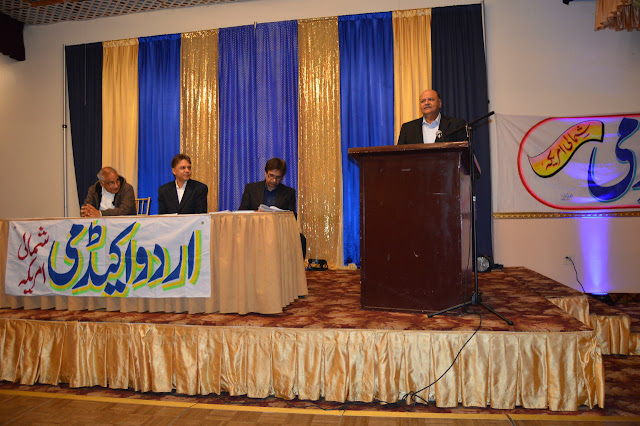 |
| Riaz Haq Speaking at the Event |
The event was chaired by Khwaja Ashraf sahab, a published Urdu writer in his own right, and attended by many local Urdu lovers hailing originally from South Asia. It was emceed by Arshad Rashid sahab who, along with Tashee Zaheer sahab, runs Urdu Academy. Other presenters included Kausar Syed sahiba, Mariam Turab sahiba and Riaz Haq. The program concluded with Ali Hasan Cemendtaur's hilarious and self-deprecating roast of his own writing that he called "Apni Gheebat". Please follow the embedded links or search Youtube for the individual names to find and watch the presentations.
 |
| Ulat Dunya Kee Sair Book Cover |
In his presentation, Riaz Haq said "the history is often referred to as "His Story", a description acknowledging the fact that the history writer's worldview influences his or her work. This reality applies to travelogues as well".
 |
| Kausar Syed Reading Excepts of Ulat Dunya Kee Sair |
We are used to reading world travel accounts written by western travelers; Ali Hasan Cemendtaur's travelogues, written in English or Urdu, are rare exceptions as they get the reader to see the world through the eyes of a Pakistani traveler.
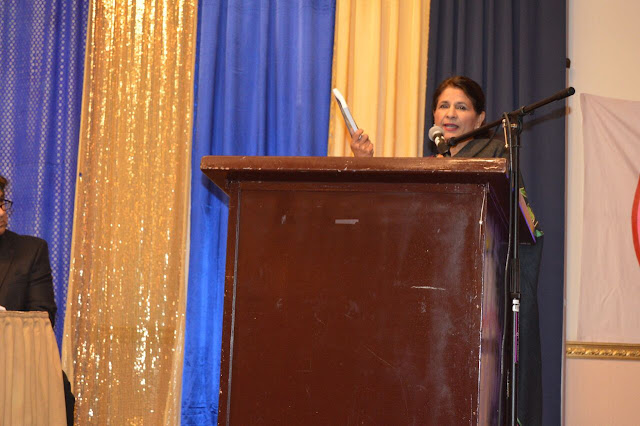 |
| Marian Turab's Commenting on Ulat Dunya Kee Sair |
"The Green Ibn Battuta", the title of Cemendtaur's last travelogue launched last year is a tribute to Ibn Battuta, the 14th century Muslim traveler from North Africa who wrote extensively about his travels of much of the known world at the time. Ali's Ibn Battuta covers his travels starting in 1990s. The fact that Cemendtaur's access to modern transportation enabled him to to see a lot more of the world in a relatively short time than Ibn Battuta did would make the 14th century traveler green with envy; hence the title "Green Ibn Battuta".
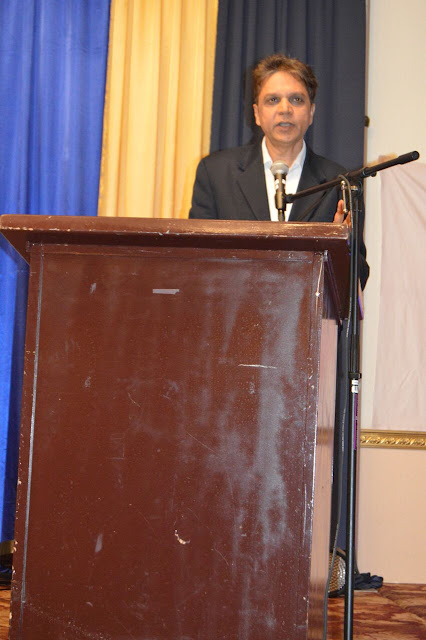 |
| Ali Hasan Cemendtaur's Self Roast |
Ali's Pakistani-ness drove his curiosity to visit Multan Karavansarai in Baku, Azerbaijan., where he discovered old trade ties between the Pakistani city of Multan and the Central Asia region dating back to the 15th century.
Cemendtaur's Pakistani origin compelled his interest in The Caucasus (Koh Qaaf), the mountainous region 1,000 by 600 kms in size that lies between the Black Sea and the Caspian Sea, where Azerbaijan is located. Koh Qaaf (Caucasus mountain) is associated with many fairytales that Pakistani children have grown up with. Dastaan e Amir Hamza is an Urdu collection of fairytales from Koh Qaf that continues to fascinate Pakistanis to this day. The Caucasian label, the US official race classification for American whites, traces the origin of all white Europeans to the Caucasus region. Harvard genetic studies have confirmed that the ancestors of many Ancestral North Indians and Pakistanis came from this region.
In "Ulat Dunya Kee Sair", Cemendtaur's interest in South Asian language shows through in his impressions of the spoken in Fiji by people of South Asian origin who speak a variant of Hindi but switch to "Bollywood Hindi" when conversing with Urdu or Hindi speaking visitors.
Cemendtaur writes about dealing with what he thought was "gutter smell" in Rotorua, New Zealand, and expresses his shock that a developed nation like New Zealand could have the kind of stink more common in developing nations of South Asia n areas with open sewers. He soon finds out that it was the smell of hydrogen sulfide emanating from sulfur-laden water from hot springs in the area.
The author also notices that, unlike Australia where most immigrants are Chinese, the immigrants from South Asia are more visible in New Zealand. Apparently, there are many Punjabi farmers in dairy business who have been living there since the days of the British Raj.
Cemendtaur finds a Hazara town in Sydney with many Hazara Shias from Pakistan who have fled sectarian conflict to find safety in Australia. Upon research, he finds that human smugglers provide this service for a substantial fee by flying Hazaras to Sri Lanka, then arranging visas to Indonesia from where they are put on boats to Australia.
Riaz Haq concluded his presentation by recommending "Ulat Dunya Kee Sair" as a well-written Urdu travelogue "filled with entertaining anecdotes and insightful observations about many exotic places and interesting cultures. It is written in an easy to read and highly engaging style that will keep you absorbed and make you finish it in one sitting once you start reading it."
The event concluded with a very self-deprecating and humorous monologue by Ali Hasan Cemendtaur that reminded the audience of Zia Mohyeddin's reading of Mushtaq Yusufi's work.
Here are a couple of video clips of the event:
https://youtu.be/PQDyq3Q6rKc
https://youtu.be/d7nylUVYad0
Related Links:
Haq's Musings
My Footloose Friend Ali Cemendtaur
Silicon Valley NEDians
Silicon Valley Pakistanis
Silicon Valley Launch of Eating Grass: The Making of the Pakistani ...
Explosion of Art and Culture in Pakistan
Talk4Pak Think Tank
VPOS Youtube Channel
VPOS Vimeo Channel
Twitter Feed
Live Traffic Feed
Sponsored Links
South Asia Investor Review
Investor Information Blog
Haq's Musings
Riaz Haq's Current Affairs Blog
Please Bookmark This Page!
Blog Posts
Pakistani Student Enrollment in US Universities Hits All Time High
Pakistani student enrollment in America's institutions of higher learning rose 16% last year, outpacing the record 12% growth in the number of international students hosted by the country. This puts Pakistan among eight sources in the top 20 countries with the largest increases in US enrollment. India saw the biggest increase at 35%, followed by Ghana 32%, Bangladesh and…
ContinuePosted by Riaz Haq on April 1, 2024 at 5:00pm
Agriculture, Caste, Religion and Happiness in South Asia
Pakistan's agriculture sector GDP grew at a rate of 5.2% in the October-December 2023 quarter, according to the government figures. This is a rare bright spot in the overall national economy that showed just 1% growth during the quarter. Strong performance of the farm sector gives the much needed boost for about …
ContinuePosted by Riaz Haq on March 29, 2024 at 8:00pm
© 2024 Created by Riaz Haq.
Powered by
![]()
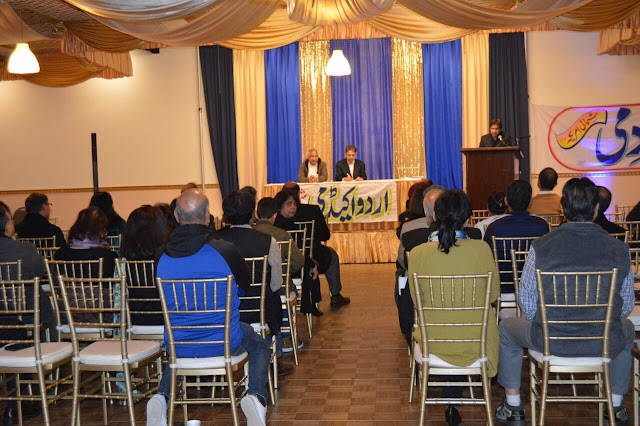
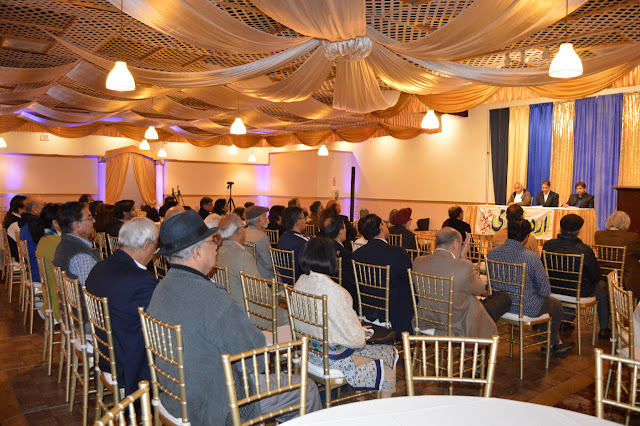
You need to be a member of PakAlumni Worldwide: The Global Social Network to add comments!
Join PakAlumni Worldwide: The Global Social Network